








Tropical Service Dress Tunic to a Captain of the Imperial Japanese Army Air Force



The Japanese army was quick to adopt practical clothing for the extreme environments they fought in. This light weave cotton tunic is reflective of late war design and manufacture.
The officer's tropical tunic featured scalloped pocket flaps over flat chest pockets and large bellows pockets below. The fall collar with wide lapel made for a casual look, especially when shirt collars were worn out.
Based on his insignia, this particular officer is a rated pilot and observer. He is also a commander of a company or battalion (which in the case of an airman, would probably mean a squadron).
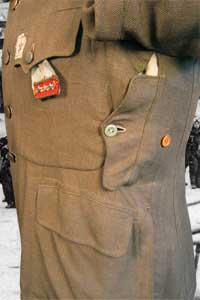
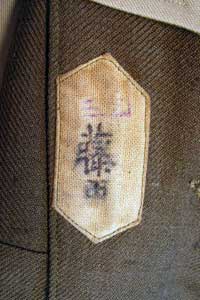
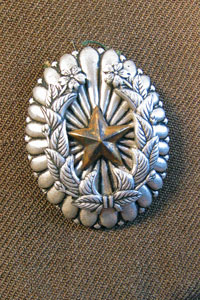
The most notable feature of the tropical tunic is this side vent which can be held in the open or closed position.
Inside the tunic is the name tag. The owner has marked his name in Kanji characters, Fujita, from top to bottom.
On the left front pocket is the badge for a command, at the battalion or company level. The badge is made of white metal or aluminum with a gilt brass star attached.
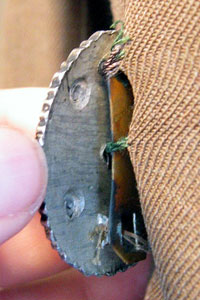
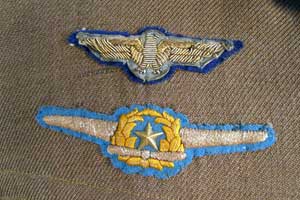
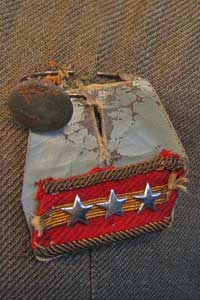
Over the right chest is the JAAF observer badge (eagle) and below that is the JAAF officer grade pilot badge. Both are made of silk and bullion thread sewn to a wool backgroung. The gold star is metal.

The reverse of the badge shows the rivets for the wreath and the clasp. The badge as been sewn directly to the tunic.
The rank badge is tropical style and allowed the owner to remove for washing and using on other clothing. The standard collar badge has been sewn to a piece of leather. The button hole has broken from wear and the owner has attached the badge with a safety pin.
The left chest pocket shows the rank badge with the flap closed. Above is an unofficial unit badge which is inked on cotton fabric and sewn on. The six pointed star signified a headquarters unit. The two horizontal lines are kanji for the number 2.